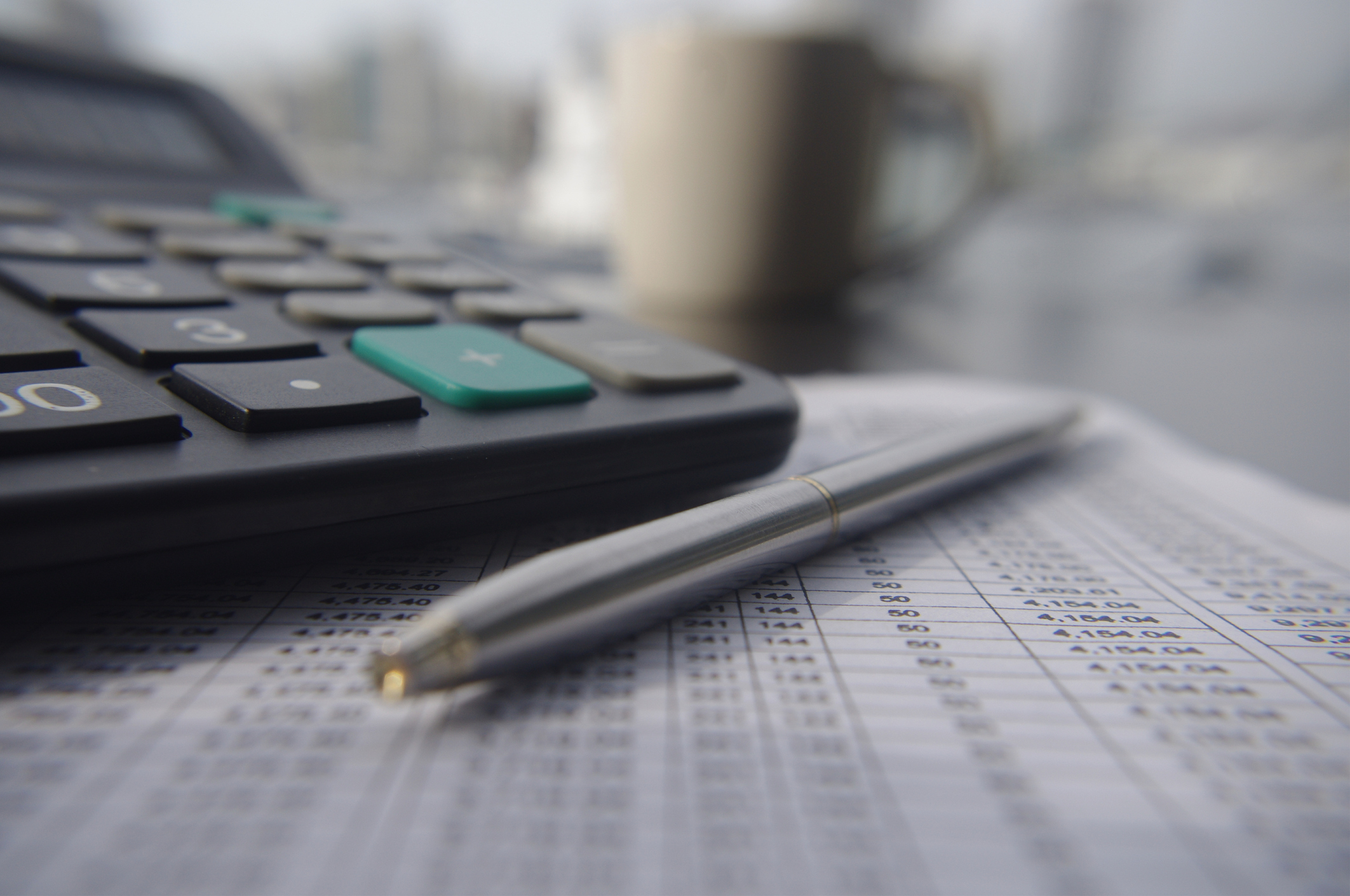
SETTING a budget is seen as one of the simplest ways of getting your finances back on track – but does it actually work?
With the squeeze from rising living costs expected to take a tighter grip on household finances in the coming months, many people will be mulling over how they can steer their accounts back on to the road to recovery.
A research project by financial services mutual Royal London has shed some light on whether a budget could help.
Some of its customers used smartphone budgeting apps, while others preferred to use a pen and paper, over a three-month period.
While budgeting wasn’t for everyone and some people gave up, around half (49%) of those who kept going said it had been helpful.
More than a third (37%) said they had a better understanding of their income and 34% said budgeting had improved their ability to track their spending.
Several people said they had tried budgeting in the past, but would end up estimating how much they had spent.
But by having to record every bit of spending, they had a much better idea where their money went.
Some were surprised by how much they had under or over-estimated their expenditure in certain areas.
By seeing it all written down, they could identify areas where they were spending more than they wanted to, such as on eating out, takeaways or transport. This in turn helped them identify where they could make savings.
Some also discovered there were areas of spending they hadn’t taken into account, such as buying birthday gifts.
Sir Steve Webb, a former pensions minister who is now Royal London’s director of policy, says: “What was interesting about our research project was the way in which the simple act of monitoring what you spend every day or week made some people more aware and put them more in control of their finances.
“They were then able to make their own choices about priorities.”

Enjoy the convenience of having The Sunday Post delivered as a digital ePaper straight to your smartphone, tablet or computer.
Subscribe for only £5.49 a month and enjoy all the benefits of the printed paper as a digital replica.
Subscribe